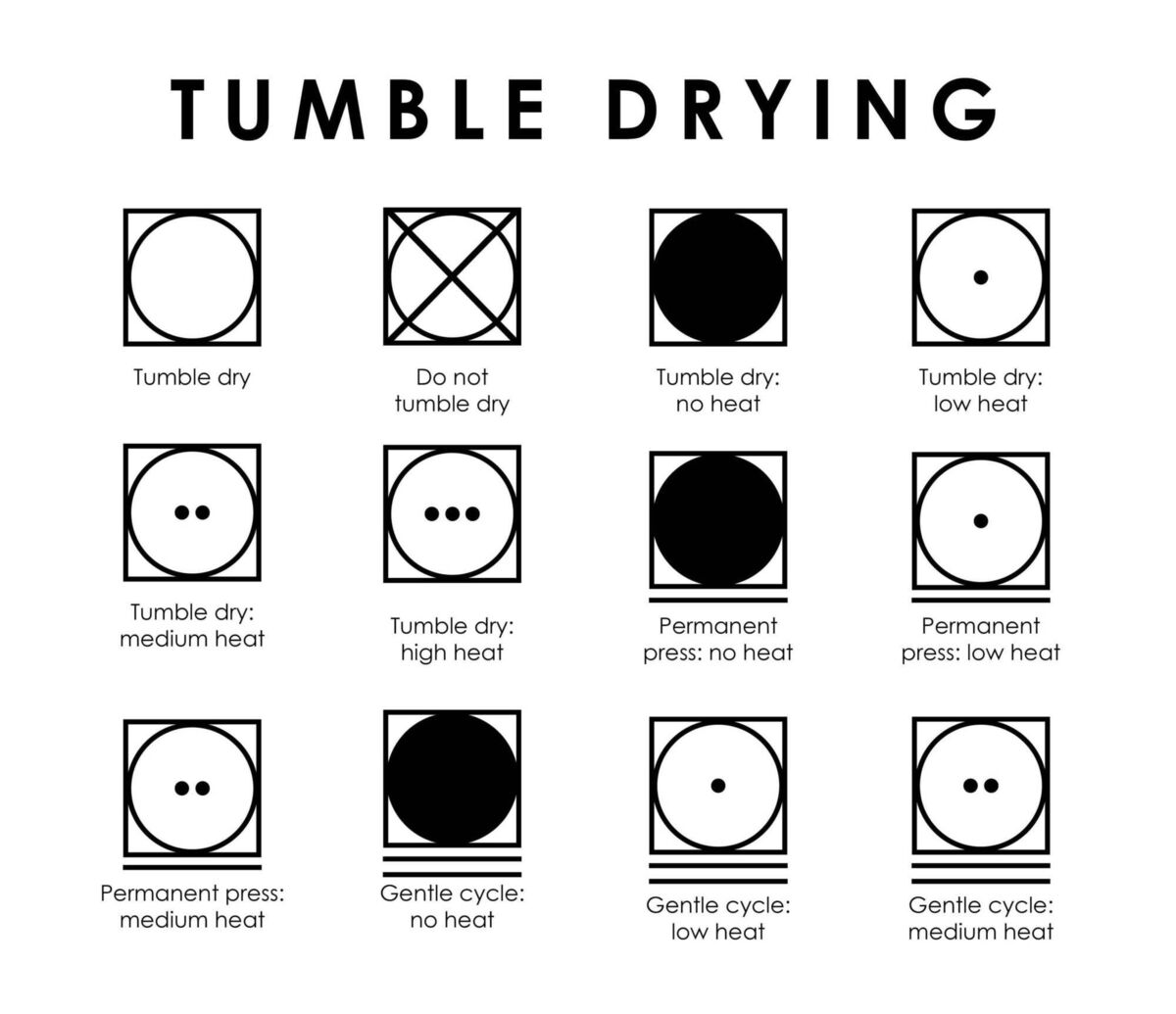Life Hack: Tumble drying guidelines — and undoing a shrinkage disaster

Denim jeans and jackets are usually safe to tumble dry, but turning them inside out can help to protect the fabric
At this time of year, I really start missing the warm summer days and that most beloved phenomenon: good drying weather. Don’t get me wrong, I know we probably only get a few weeks to consistently make the most of our washing lines annually, but with the higher temperatures and longer days it felt like the items on the clothes horse were dry in no time.
Now that we’re deep into dark November days, it feels like the washing is never out of sight for long. Because many of us will choose convenience over clutter, you may be using a tumble dryer to speed along the process. No judgement here, I’m not afraid to use mine.
However, we need to be careful when using it to ensure we only fill it with suitable items that won’t be irrevocably destroyed by the intense drying. Here’s what you need to know.
The good news is you can tumble dry most cotton and synthetic fabrics, so items like t-shirts and towels should be okay, as well as some bedding items. Denim jeans and jackets are usually safe to tumble dry too, but turning them inside out can help to protect the fabric.
Make sure to check the care label on the item first to ensure it will not be damaged. Any tags with the general tumble dry symbol, which is a square with a circle inside, are safe. When using the tumble dryer, set it to the lowest heat setting to prevent any risk of shrinkage.
A symbol you should certainly look out for on your clothes labels is a square box with a circle inside it and two lines crossing over it in an X shape. This means that under no circumstances should it ever be placed in a tumble dryer.
Some fabrics are always a no when considering the tumble dryer. These include delicate materials like silk, wool, and embellished fabrics, which can be damaged or shrink in the high heat. Delicate items like bras and underwear should be air-dried as the heat in a tumble dryer can easily damage their fabric.
As a rule of thumb, I would recommend never putting wool in the dryer. Some labels say it is safe for some woollen items to be tumble dried on a low setting, but they can shrink so easily it is safer to let them air dry.
It’s happened, and you’ve just pulled a much-smaller jumper out of the dryer. Sometimes, there’s nothing you can do — the wool has shrunk so much it has essentially turned to felt. This is when the fibres have attached so strongly to each other that they are like velcro.
However, if it’s just a little misshapen and you can still stretch the fabric, you may be able to salvage it with items you already have around your home.
This process works best on natural fabrics like wool, cashmere and cotton. Pour some fabric softener, baby shampoo or hair conditioner into water — a bath or a bucket will work. Place your jumper into the mixture and wait for at least 20 minutes. Pour out the water and place your jumper flat onto a towel. Roll the jumper and towel together to gently squeeze out any moisture.
Carefully stretch out the sweater on a flat surface and weigh down the ends of the jumper and sleeves to keep it in an ideal shape. Leave it for one hour before releasing it, restretching it, and putting it back into place again with the weights. Repeat this process as many times as you need to see the jumper in its original shape and size once more.
Remember not to overstretch your jumper either. You can keep a similar-shaped jumper nearby to compare against using each round of the process to ensure you stop at the right time.








